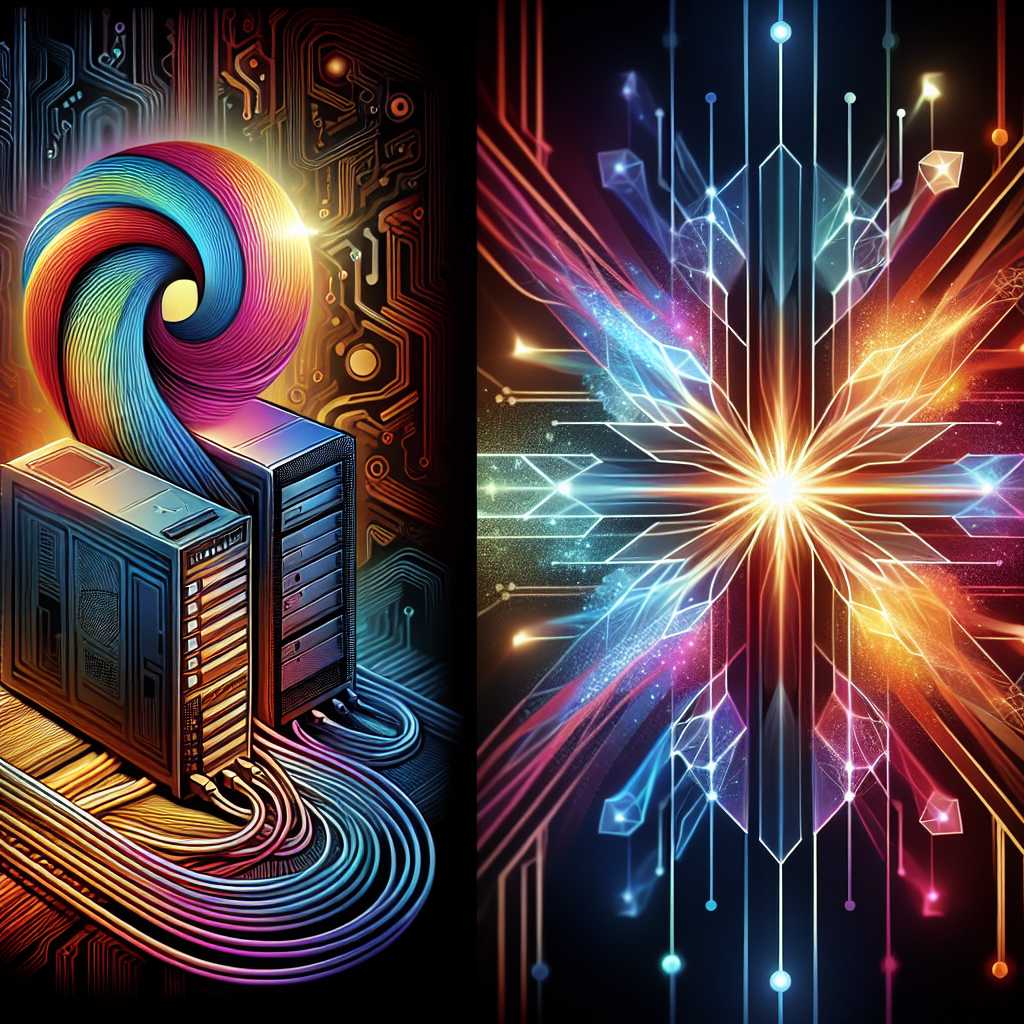Illuminating the Path to Advanced AI Supercomputers: A Light-Hearted Approach!

“To Build a Better AI Supercomputer, Let There Be Light”
“Today’s supercomputers use vast arrays of electronic processors connected by endless miles of copper wire. They burn through buckets of electrons, pump out oceans of heat, and still, we want them to go faster. Our insatiable need for computational speed and efficiency is insurmountable.”
Those darn supercomputers, always hogging all the power. And we still urge them to operate faster? We’ve simply got an unquenchable thirst for more speed.
Meet Photonics, the much-needed shift in AI technology. Dare to challenge the status quo of silicon chips ferrying information with electrons. This audacious technology uses light via fiberoptics and has the capability to transcend the limits of electronic data transmission.
Remember the pathology of data centers overflowing with copper wire? Those good old times when electricity was used to transmit data, and all it did was shower us with heat rather than efficiency. Pushing electrons around just doesn’t cut it anymore. It’s like asking a horse to run as fast as Bugatti Veyron. It’s simply not going to end well.
In comes light-based computing to save the day. Or, as the scientific community has affectionately named it, “Photonics.” Sounds like something straight out of a sci-fi novel, right? Well, that future might just be a little closer than we’d imagined.
Interestingly, Optalysys, a company based in the UK, is developing an optical computer geared towards pattern recognition tasks, besting traditional computers with far greater energy efficiency. Sounds like a trick out of Harry Potter’s book, doesn’t it? Well, it’s not magic, but it’s pretty close.
Moreover, light-based computing can potentially outpace traditional electron-ferrying processes in big-data applications. Given it’s the era of big data and AI, our need for faster data crunching is like a horror movie monster: no matter what, coming for us.
Ah, yes. Quantum computers. Tesla might not be ready to install them in their new Roadsters just yet, but they are a crucial part of the conversation none the less. A ‘lit’ (pun intended) contender, Optalysys, stated that their prototypes match the speed of quantum computers, but with 99 percent less energy needed. Hear that, supercomputers? That’s the sound of your electron-guzzling days being numbered!
In conclusion, the future of AI supercomputing looks bright (again, pun very much intended) with the advent of photonic technology. So here’s hoping our beloved supercomputers can transition from electronic gluttons to, shall we say, more light-hearted machines.
